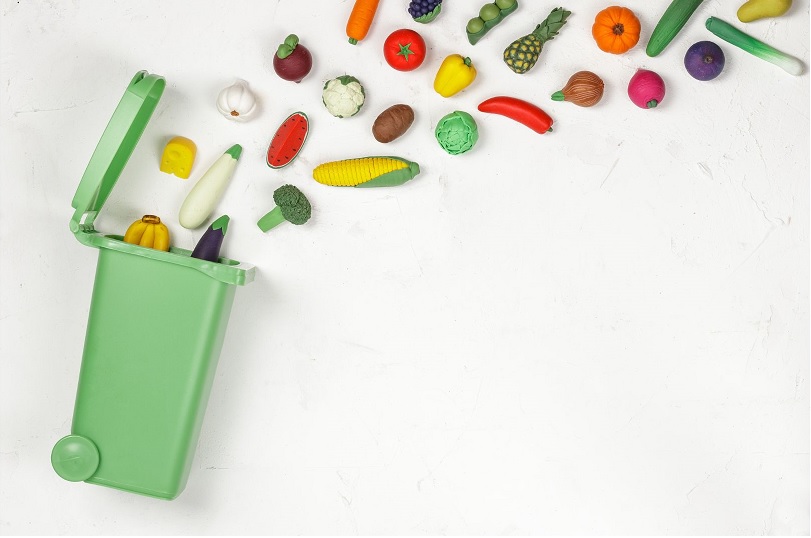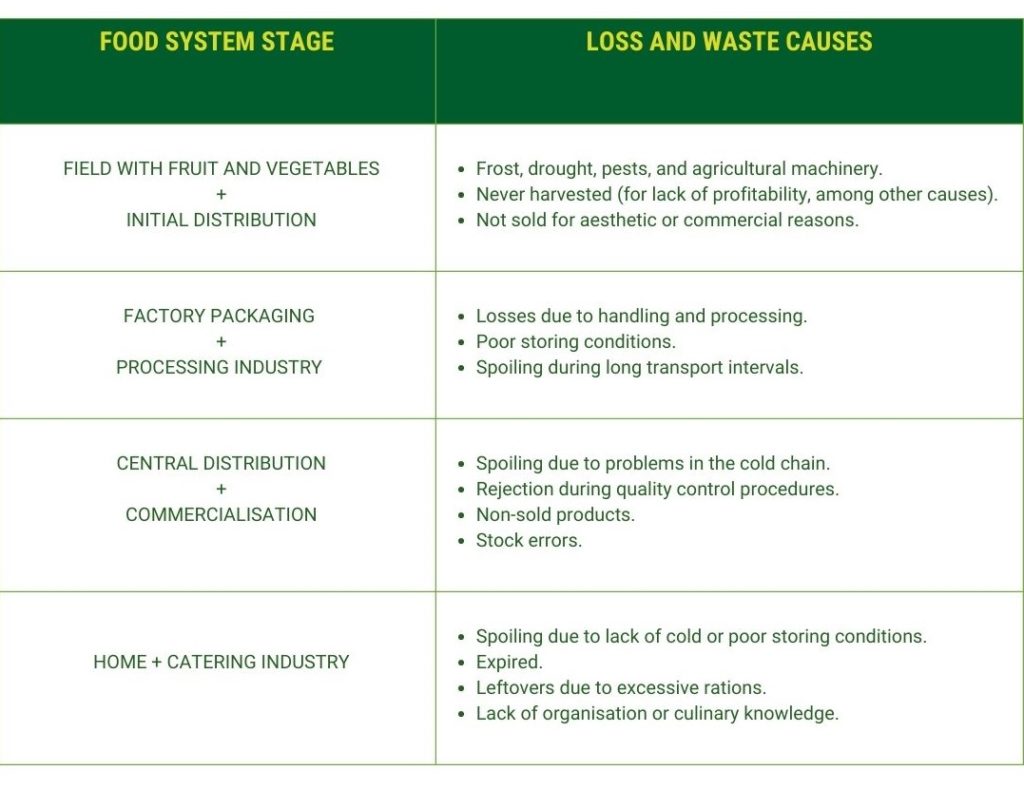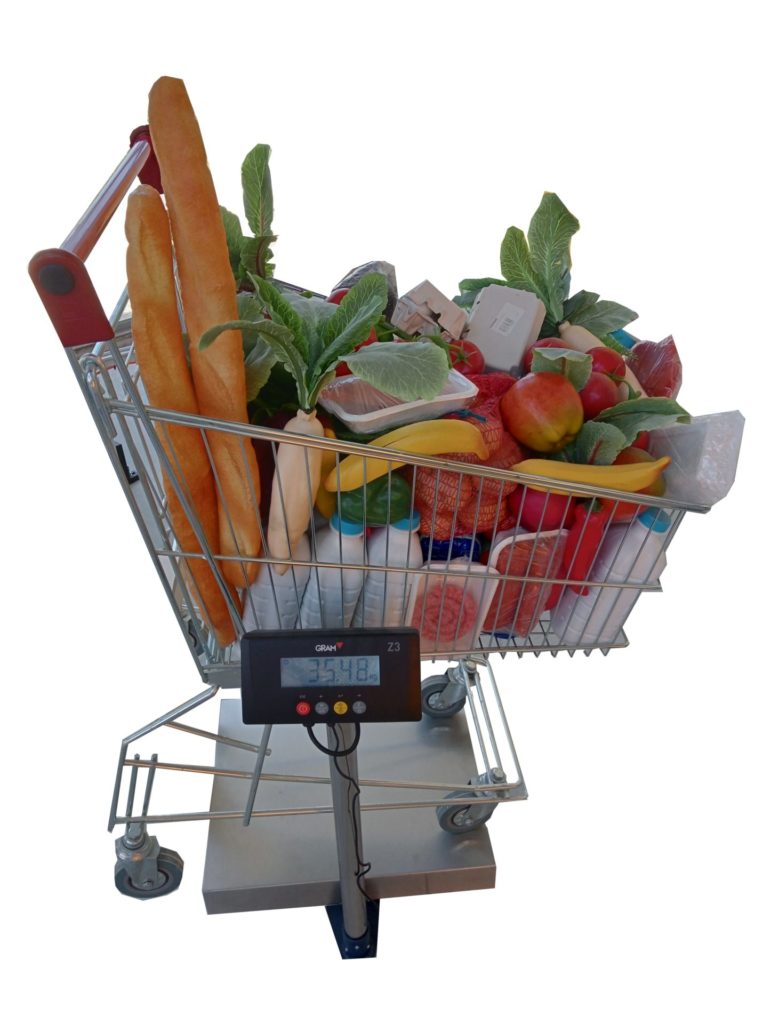
Have you ever thrown expired or spoiled food in the trash?
Have you ever left food on your plate due to a lack of appetite?
Everyone has thrown away food for whatever reason at one time or another, but the problem doesn’t stop there. There is also a waste of food resources from production to the table, whether in transport or in choosing food just by its appearance, among other things.
All these situations make up what we call food waste. The truth is that we are wasting a lot of food, which has a very high cost in terms of environmental resources, an issue that exceeds the classic economic and social outlook.
Let’s not confuse the terms!
- Loss: all food products originally intended for human consumption, which, for whatever reason, remain on the farm or livestock holding.
- Food waste: all food items discarded along the food chain that are still perfectly edible and suitable for human consumption and which, in the absence of possible alternative uses, are disposed of as waste.
WHERE DOES THIS FOOD WASTE TAKE PLACE?


SOME INTERESTING DATA
Estimates indicate that each person wastes around 35 kg of food per year in Catalonia, and the costs involved are as follows:
- Carbon footprint: 59 kg CO₂ (the equivalent of driving from Barcelona to Bilbao).
- Water footprint: 2800 litres of water (the equivalent of 142 showers).
- Occupied land: 302 m² of land under cultivation or used for pasture and meadowland.
- Economic cost: 63 euros in the household shopping budget.
These costs represent an annual food waste of 841 million euros for Catalonia. In the case of a family of four, this would be equivalent to losing about 450 euros per year.
Food waste represents an immense waste of resources that could feed a population with a nutritional deficit. In addition, it is the cause of very significant environmental impacts in the form of energy consumption, CO₂ emissions, and water and agricultural land wastage.

Source: Menja, Actua, Impacta exhibition. Fundesplai, Prat de Llobregat. 2022.
One-third of the food produced in the world is lost or wasted. The truth is that while we are throwing away this huge amount of food, some 900 million people are suffering from hunger. Considering the food that is lost and wasted, we produce enough to feed the entire world’s population. Thus, a direct consequence of the loss of usable food is that many people do not have access to sufficient and nutritious food.
We have a broken food system, which does not respond to people’s nutritional needs, but to market logic.
Waste is, therefore, a major environmental, social and economic problem. This is why the Sustainable Development Goals make it a priority to reduce food loss and waste by 50% by 2030.

